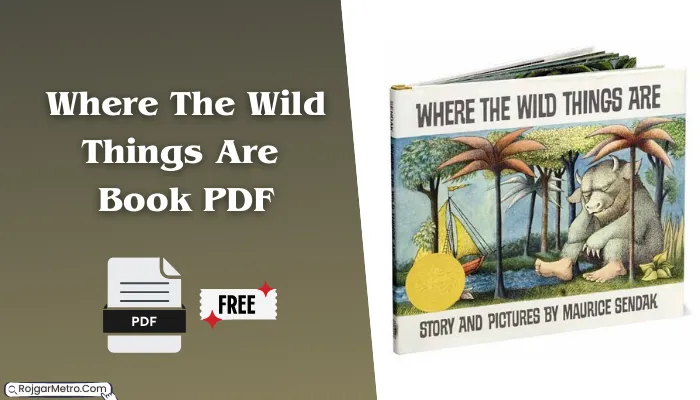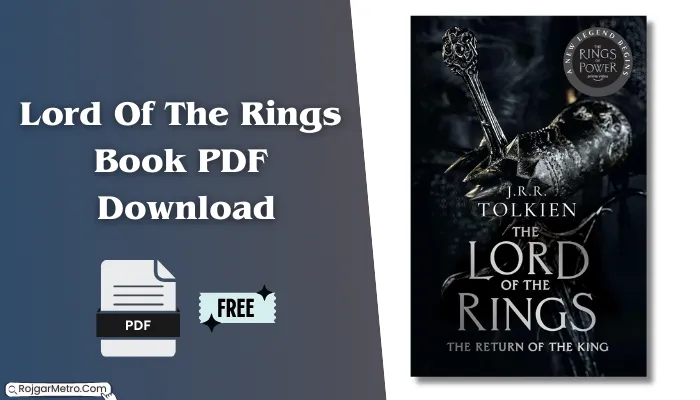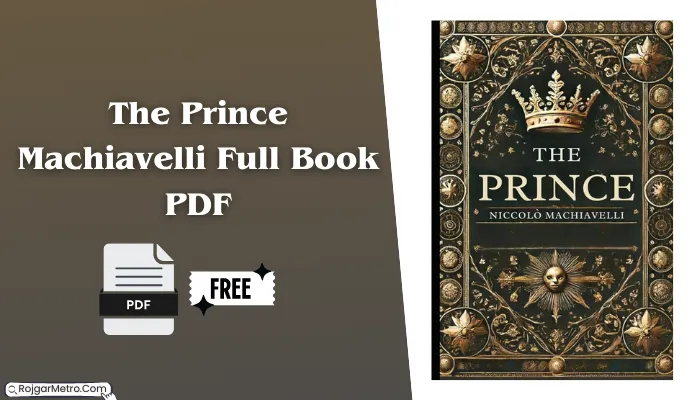Lord of the Flies” is a famous book written by William Golding, a Nobel Prize-winning author. Published in 1954, it has become a must-read in literature classes worldwide. The story is about a group of boys stranded on a deserted island after their plane crashes. With no adults around, the boys try to govern themselves, but things quickly turn chaotic. The novel reveals some deep and dark truths about human nature.
Lord Of The Flies Book PDF File Details
| File Name | Lord Of The Flies Book |
|---|---|
| Category | English E-Books |
| Page In PDF | 251 |
| File Size | 984 KB |
| Language | English |
| PDF Provider | .. |
| PDF Link | Check Below |
Summary of the Story
The story begins with a plane crash that leaves a group of British boys stranded on a deserted island. At first, the boys try to create their own society. They elect a leader named Ralph and set some rules to maintain order and help them survive. But as time goes on, the boys’ behavior starts to break down.
They eventually split into two groups. Ralph leads one group, focusing on keeping order and trying to get rescued. The other group is led by Jack, who is more interested in hunting and giving in to his wild instincts. The power struggle between Ralph and Jack is at the heart of the story and represents the fight between civilization and chaos. As the boys become more violent, the island becomes a small version of the larger world, showing the darker side of human nature.
Key Themes in the Book
“Lord of the Flies” touches on several important themes that make it a powerful and thought-provoking book.
- Human Nature and Evil: Golding suggests that evil is a natural part of human beings. When the boys are left on their own, the thin layer of civilization quickly disappears, and their darker instincts take over.
- Loss of Innocence: As the boys descend into violence and chaos, they lose their innocence. The transformation from playful children to savage beings is a central part of the story.
- Civilization vs. Savagery: The tension between living in a civilized way and giving in to savagery is a major theme. The book shows how easily people can lose their sense of order and give in to their primal urges.
- The Struggle for Power: The conflict between Ralph and Jack highlights the dangerous desire for power and control. It shows how this thirst for power can destroy societies and moral values.
- Fear and Its Impact: Fear plays a big role in the story. The boys’ fear of the unknown, represented by the “beast,” drives them to act irrationally and violently.
Character Breakdown
- Ralph: Ralph is chosen as the leader and represents order, civilization, and the hope of being rescued. He tries to keep the group focused on their goal of getting off the island.
- Jack: Jack is the opposite of Ralph. He represents the wild and savage side of human nature. Jack is more interested in hunting and having power over others than in being rescued.
- Piggy: Piggy is the voice of reason and intellect among the boys. Although he is physically weaker, his intelligence and logical thinking are key to their survival. His glasses, used to start fires, symbolize knowledge and the power of science.
- Simon: Simon represents goodness and moral integrity. His encounter with the “Lord of the Flies,” a pig’s head on a stick, symbolizes the realization that evil exists within everyone.
PDF File Download
If Link Not Work: Click Here





